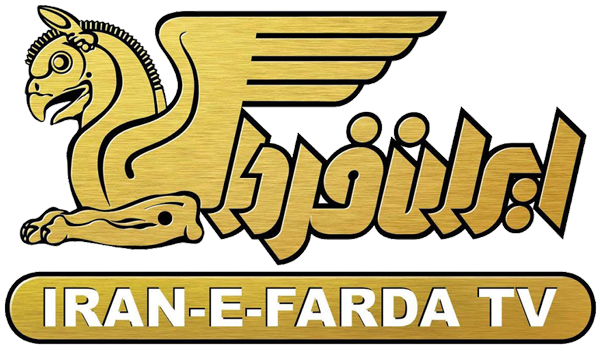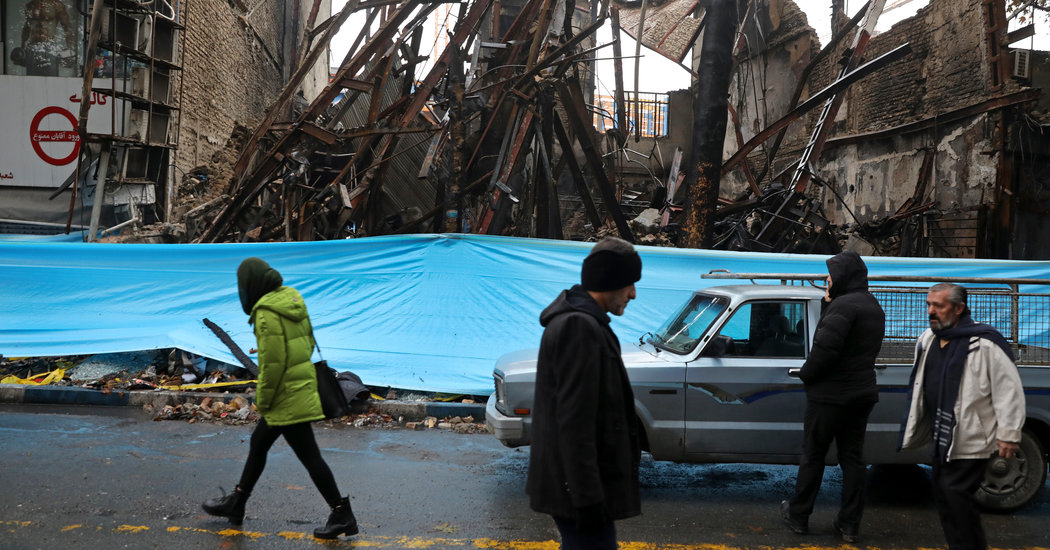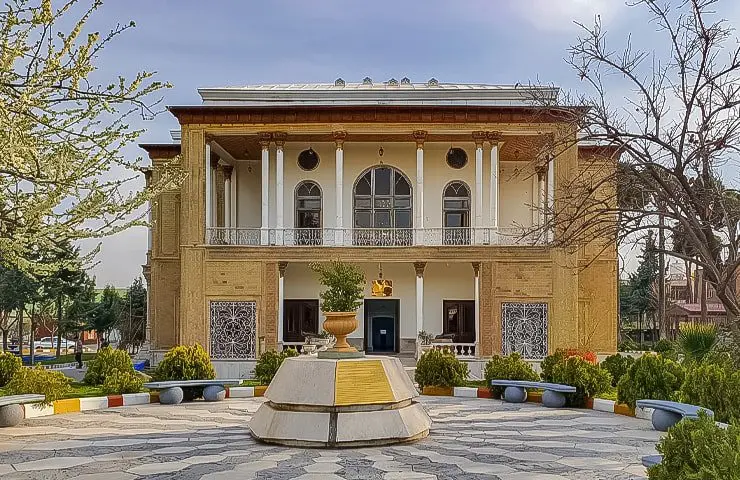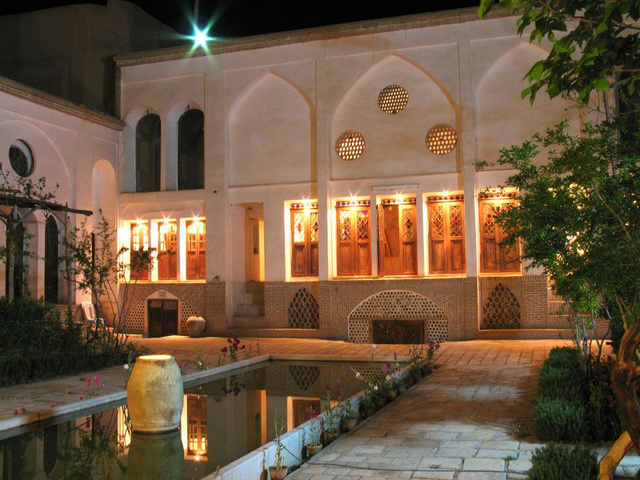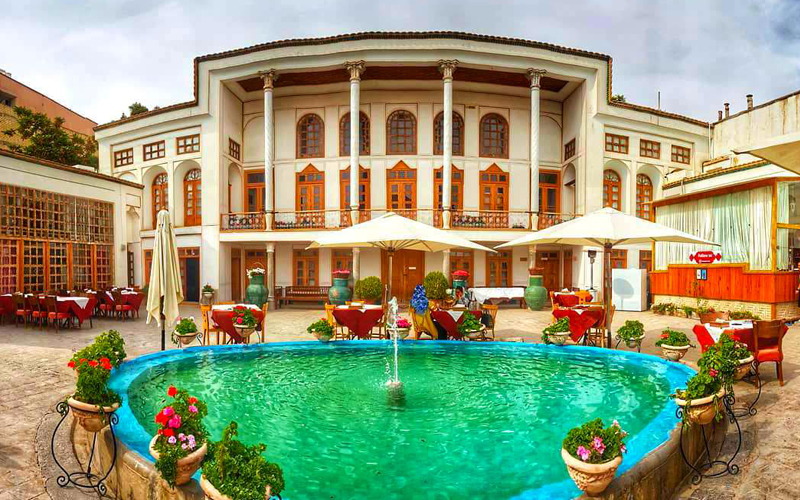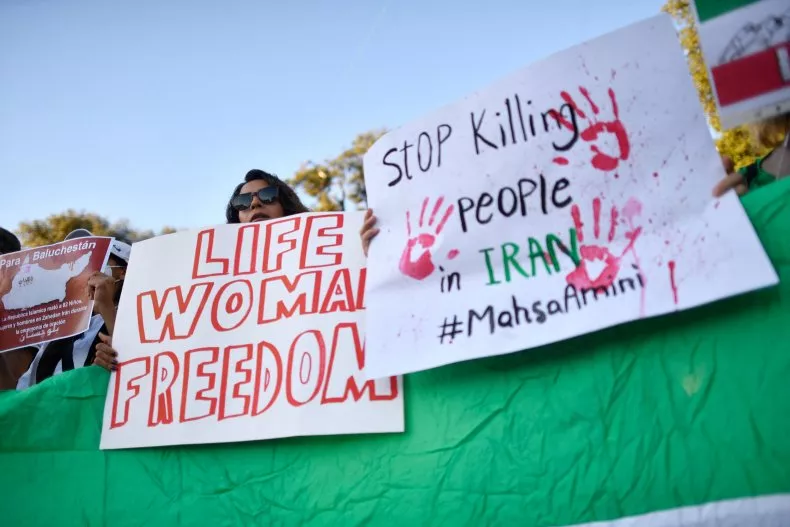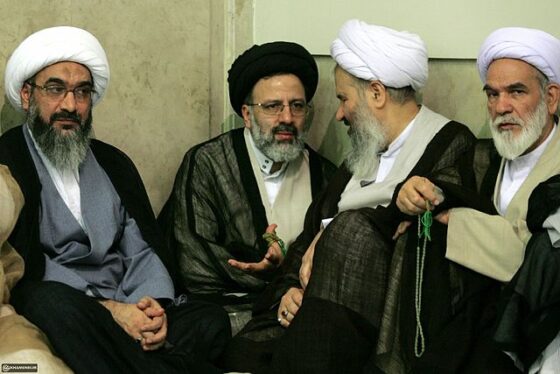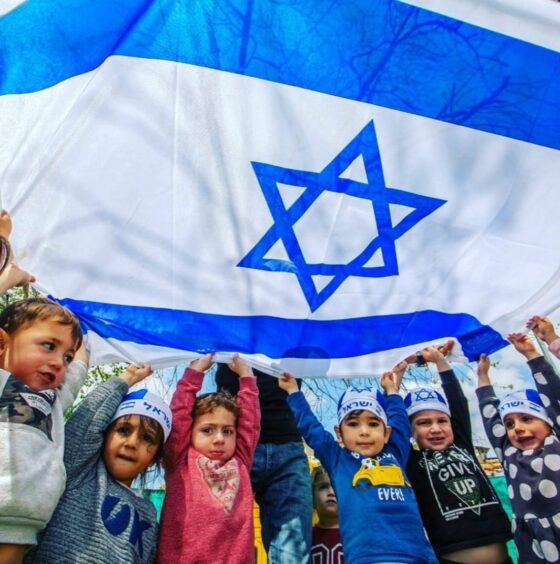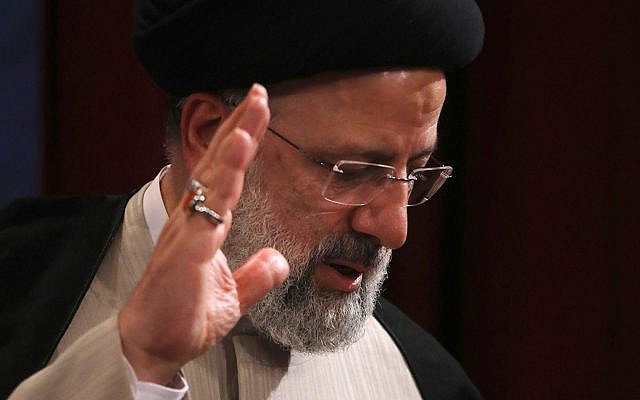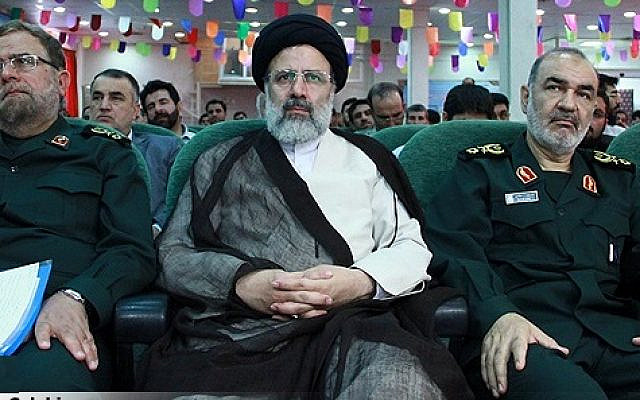Two weeks after protests gripped Iran — and quickly turned deadly — the government has acknowledged that security officers used firearms to quell the widespread demonstrations but it has denied unofficial accounts that hundreds were killed.
Iran’s state television confirmed on Monday night that security forces had shot and killed protesters who had taken refuge in marshes in the southern city of Mahshahr. It described them as “armed terrorists” and praised the tactics of security forces for having crushed the unrest.
“Enemy cells were hiding in the marshes and shooting at security forces,” Col. Reza Papi, a police commander in Mahshahr, told the state television broadcast.
The comments were among the first admissions by the Iranian authorities that security officers had responded to the demonstrations with lethal force.
Iranian officials on Tuesday also denounced accounts of the death toll that have emerged since the protests began, saying that the number of victims was much lower but not specifying how many.
Witnesses and residents in Mahshahr, in southern Iran’s Khuzestan province, earlier had told The New York Times that dozens of men had been gunned down in the marshes and that most of them had been unarmed, except for one who did fire a shot at the security forces after they had opened fire on the men at a nearby checkpoint.
Between 180 and 450 people are believed to have been killed in the four days of violence that convulsed cities around the country when demonstrators gathered on the streets to protest a gasoline price increase announced on Nov. 15. In that same period, at least 2,000 others were injured and another 7,000 detained, according to international rights organizations, opposition groups and local journalists.
Press TV, one of Iran’s state-run news outlets, on Tuesday quoted Gholam-Hossein Esmaili, a spokesman for Iran’s judiciary, as saying that the estimated casualty figures were false.
“The numbers and figures that are being provided by hostile groups are utter fabrication, and the actual figures are fewer than what these sources claim,” Mr. Esmaili said, according to the news outlet. He did not offer any official figures.
At the same time, reports also surfaced of new strife — an indication that the government’s earlier assertion that the protests had ended was premature.
Press TV reported that dozens of arrests had been made in Khuzestan Province on Tuesday, citing intelligence officials. Iran’s official Islamic Republic News Agency reported what appeared to have been a revenge killing of a security officer by an ethnic Arab resident of Shayegan, a working class city in Khuzestan.
There were also reports of protests and clashes in the city of Sarbaz in southeast Iran’s Sistan and Baluchistan Province, one of the largest in the country. Sistan and Baluchistan, populated by mostly ethnic Baluch Iranians, borders Pakistan and has a history of popular armed uprisings against the central government. It also is home to Chahbahar port, a major shipping point developed by Indian contractors.
Social media videos and accounts in Persian media like BBC Persian showed protesters blocking a major access road to the port and security forces armed with guns and tear gas opening fire at them.
The Iranian authorities have provided little information about the extent of the protests since they began, and officials imposed a dayslong internet blackout during the crackdown that further limited the distribution of information on the violence.
They also have accused the Trump administration of encouraging the protests, singling out Secretary of State Mike Pompeo for inviting Iranians to share videos and other material purporting to document the crackdown.
President Trump, during a visit to Britain for a NATO meeting, on Tuesday weighed in on the protests, suggesting without evidence that thousands had been killed.
“Iran is killing perhaps thousands and thousands of people right now as we speak,” he said, a statement vastly different from other estimates. “That is why they cut off the internet, so people can’t see what is going on.”
Political analysts said evidence of a continuing repression of protesters in Khuzestan, Sistan and Baluchistan and in the western province of Kurdistan — all with ethnic minorities and separatist movements — could lead to a cycle of reprisals and more violence.
Some said they also had no doubt that the central authorities in Tehran would respond with overwhelming firepower if necessary to send a message to the United States and Iran’s regional adversaries, particularly Saudi Arabia and Israel.
“The rapid resort to brute force was aimed at demonstrating to the U.S. that the leadership in Tehran will nip any social upheaval in the bud at any cost,” said Ali Vaez, director of the Iran program at the International Crisis Group. “They now believe they have successfully proven to Washington that not only they are powerful in the region, but they are also in total control at home.”
